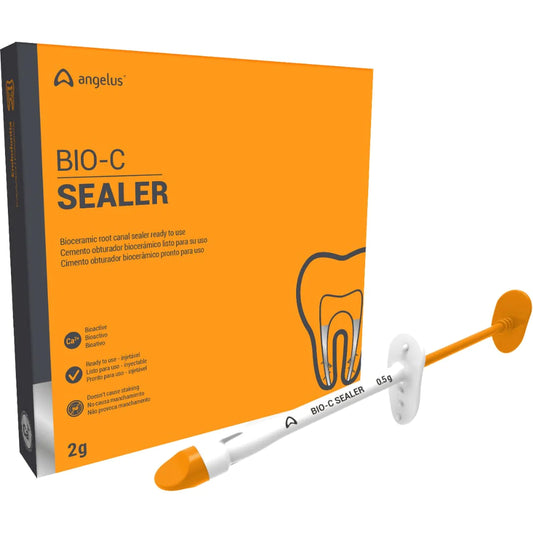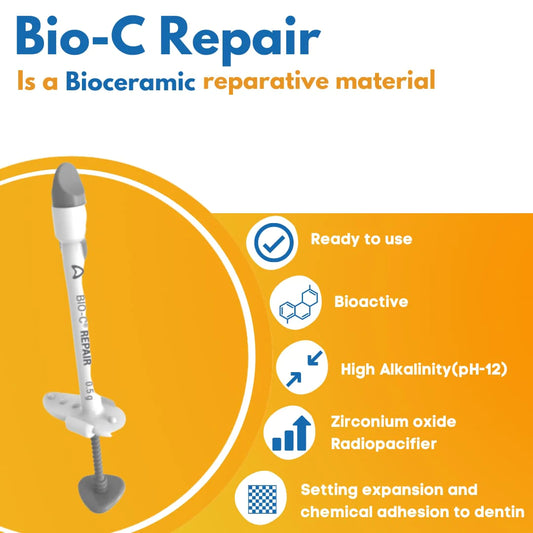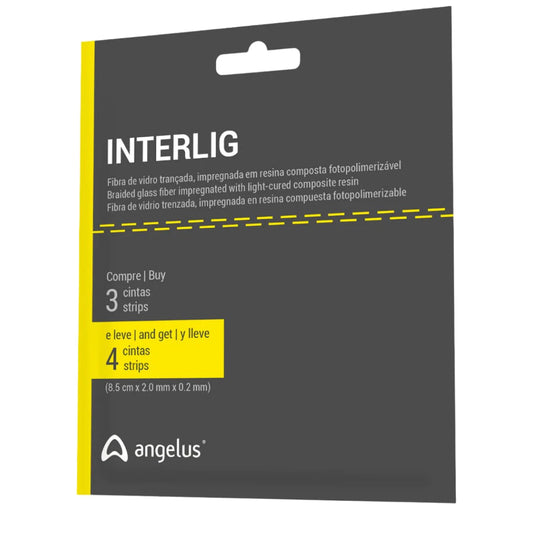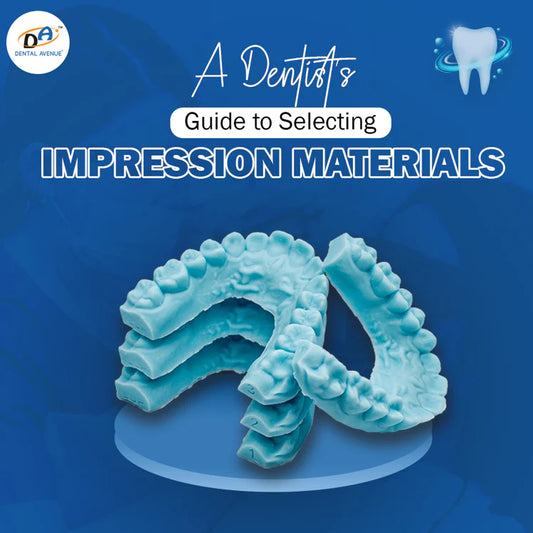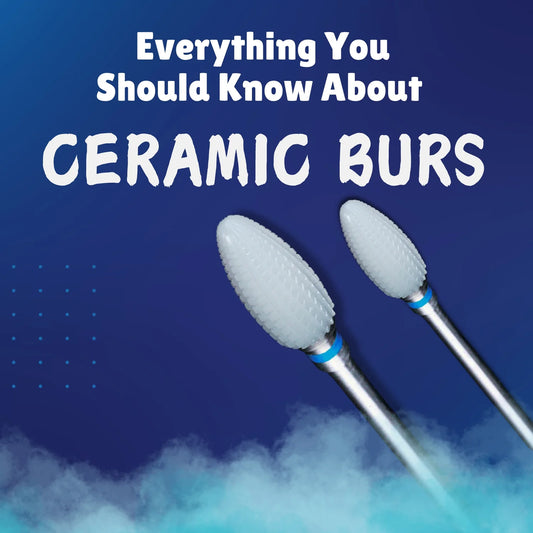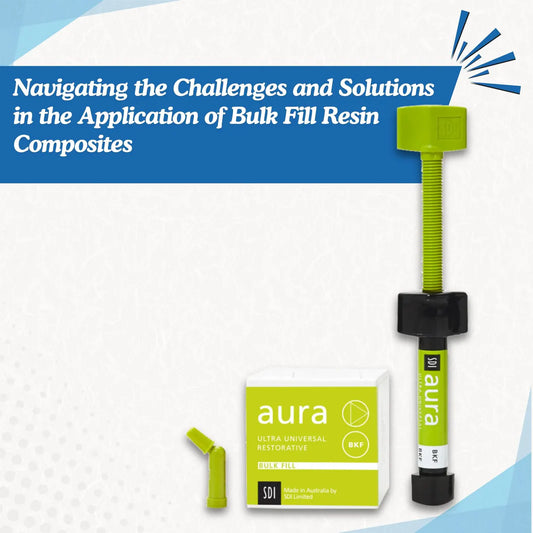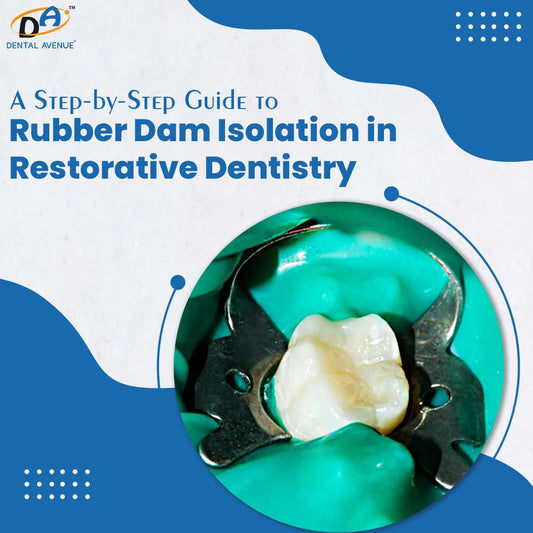Carbide burs, with their durability and versatility, play a crucial role in various dental procedures. This article will look at Carbide burs, their usage in dental procedures, how to choose the appropriate burs, and tips for maximizing their longevity, by maintaining optimal performance and ensuring patient safety.
Types of Carbide Burs and Their Uses
Tungsten carbide or carbide burs, is highly strong (about three times stiffer than steel) and also heat-resistant. Carbide burs are extremely durable, so they can be used repeatedly without losing their cutting edge. Carbide burs, on the other hand, are also fragile and easily break under extreme pressure. The ideal way to use them is at fast speeds and little pressure while performing procedures.
Types of carbide burs shanks
FRICTION GRIP (STANDARD LENGTH) (FG)
- For use in high-speed hand pieces and friction grip low-speed contra angle heads.
- Has the smallest diameter shank of all the types of carbide burs.
- The most commonly used operative bur in Dental clinics
FRICTION GRIP (SHORT SHANK) (FG SS)
-
For use in high-speed hand pieces and friction grip low-speed contra angle heads.
-
Has a shank that is the same diameter as a standard friction grip bur but is almost 20% shorter; also held in place in the hand piece by friction.
-
Mainly used in the posterior region, especially when patients with restricted mouth openings.
FRICTION GRIP (LONG) (FG LONG)
- For use in high-speed hand pieces and friction grip low-speed contra angle heads.
- Has a shank that is the same diameter as a standard friction grip bur, but the total length of the shank and head is about 30% longer; also held in place in the hand piece by friction.
FRICTION GRIP (SURGICAL) (FG SURGICAL)
- For use in high speed hand pieces and friction grip low speed contra angle heads.
- Has a shank that is the same diameter as a standard friction grip bur but is more than 50% longer; also held in place in the hand piece by friction.
- Often used when a longer length and better visibility are required, extraction and root canal procedures
RIGHT ANGLE/LATCH-TYPE (RA)
- For use in latch-type contra angle heads in low speed hand pieces.
- Has a notch on the end that allows a hook to latch onto it in the head of the hand piece.
- Greater efficiency while cutting dentin or enamel.
RIGHT ANGLE/LATCH-TYPE (SURGICAL) (RA SURGICAL
- For use in latch-type contra angle heads in low speed hand pieces.
- Has a notch on the end that allows a hook to latch on to it in the head of the hand piece.
- Has a shank that is the same diameter as a standard right angle bur but is about 20% longer.
STRAIGHT HANDPIECE (HP)
- Used in straight attachments/nose cones and low speed hand pieces.
- Has a large, long shank.
- Used by dental technicians
Types of Carbide Burs Shapes
Various types of carbide burs in dentistry are used in performing different dental procedures. The most common shapes are round carbide burs, inverted cone carbide burs, pear shaped, tapered & straight fissures. Operative burs, also known as cavity preparation burs, contain broad, deep flutes that enable more aggressive enamel cutting at a faster pace. These operating burs are often crosscut or straight blade (plain). The blades on trimming and carbide finishing burs are shallower and closer together than on operating burs, making them perfect for polishing and fine-tuning dental materials.
Round carbide bur
Round-operative carbide burs are designed for the efficient excavation of caries during root canal procedures.
Inverted cone carbide bur
An inverted cone bur is used as an excavating bur and used for making undercuts
Tapered carbide bur
The Flat End Taper burs are specially designed to make crown and bridge preparations
Benefits of Using Carbide Burs in Dental Procedures:
Carbide burs having blades can able to reduce vibrations (“chatter”), thus minimizing patient discomfort. Dental carbide burs have an extreme ability to cut metal surfaces.
These tools are used by dentists to carefully shape teeth and remove cavities. The revolving action of the bur enables precise, controlled work. Additionally, because of their efficiency, chair times are shortened, which expedites and improves patient comfort during treatments.
How to Use Carbide Burs?
Some of the recommendations while performing dental procedures using carbide burs in dentistry are:
- Do not apply unnecessary pressure as it may lead to undesirable heat or may cause the bur to fail.
- Avoid removing the bur at too sharp an angle to avoid leverage and breakage
- Recommended to move the bur continuously to avoid heating
- Hand piece should be in good working condition
- Use a rubber dam to avoid aspiration
- Always pay attention to manufacturers' recommendation while using burs
Common Mistakes to Avoid When Using Carbide Burs in Dentistry
Some of the common mistakes while using carbide burs that can hamper the life and overall quality of treatment are:
- Using worn or dull burs
- Applying excessive pressure to the burs
- Removing of bur at too steep an angle
- Hand piece is not in good condition
How to Maintain and Care for Dental Carbide Burs?
- Cleaning Tips: To avoid debris hardening and reducing cutting effectiveness, clean dental carbide burs right away after use in running water after that use solutions
- Procedure for Sterilization: To avoid cross-contamination, be sure that all reusable dental burs are adequately sterilized and disinfected in between patients.
- Thorough inspection: worn out, or chipped dental burs might cause trouble to patient safety and the overall procedure. When burs exhibit significant wear, replace them right away.
- Dental burs should be stored in organized containers to avoid cross contamination and damage. Longevity of burs can be increased by using efficient storage solutions.
Conclusion
Carbide burs are essential tools of modern dentistry that provides durability, accuracy, and efficiency for a variety of dental procedures. Ensuring patient safety and optimizing their advantages require proper comprehension, application, and upkeep.
FAQ’S
Will a carbide bur cut hardened steel?
Carbide dental burs are specifically designed for dental procedures and for cutting dental structures and restorative materials. Industrial burs may have the property of cutting hardened steel as per the manufacturing.
Do carbide burs cut enamel?
Yes, Round carbide burs can cut enamel layer and are used most commonly for excavating and preparing cavities, finishing cavity walls,
What is stronger carbide or diamond?
Both diamond and carbide burs have exceptional performance abiltiy. However, diamond burs lose cutting effectiveness more dramatically than carbide burs over time, resulting in a shorter lifespan. Each bur has its own benefits and weaknesses.
How to sharpen carbide burs?
Carbide burs can be sharpened by using a diamond lap or wet grinding, however it is not advisable as its better to use carbide burs and when the cutting efficiency becomes less, change or replace the bur.

